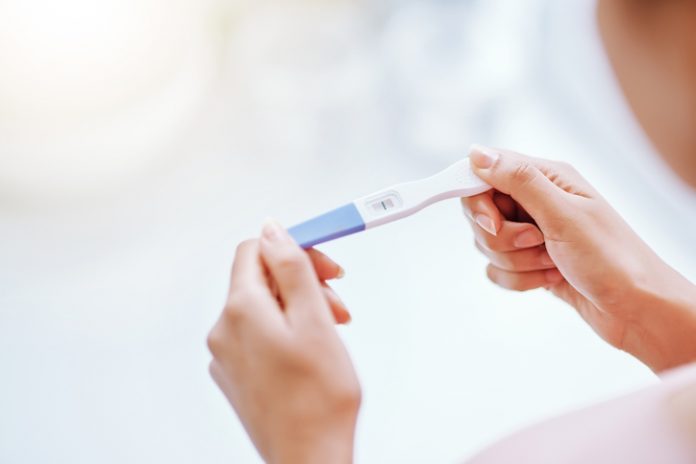A new guideline for health professionals treating people affected by infertility aims to enable them to inform patients better and increase the chances of pregnancy.
Led by experts at the University of Adelaide, UNSW Sydney and Monash University, the evidence-based Australian Guidelines have been published in the Medical Journal of Australia alongside the launch of consumer resources including a new Monash Ask Fertility App.
The Guideline has been developed in engagement with consumers, including Indigenous and women from culturally and linguistically diverse (CALD) backgrounds.
CRE WHiRL is led by Monash University’s Professor Helena Teede, who joined University of Adelaide Professor Robert Norman and UNSW Sydney’s Dr Michael Costello as the experts leading the Guideline.
Professor Teede said the Guideline was developed using the most robust processes, involved all stakeholders including those with lived experience of infertility, and was approved by the NHMRC, so the community could be reassured it was trustworthy.
“Unexplained infertility greatly impacts quality of life, and it is important to ensure those affected receive the best advice and care for optimal outcomes, whilst avoiding rapidly rising use of often unproven treatments, increasing costs and inequity seen in Australia for those with unexplained infertility,” Professor Teede said.
“This new guideline will help to streamline and simplify treatments, potentially reducing cost and increasing equity, by avoiding complex testing and treatments that were not necessarily evidence-based. The Guideline’s evidence-based advice will play an important role in improving health outcomes for those with unexplained infertility and is adapted for the Australian health system and context,” Professor Norman added.
Dr Costello said that a lack of evidence-based guidelines and limited independent consumer information and empowerment strategies have compounded this. “The ESHRE and Australian Guideline uses the best available scientific evidence to guide health professionals in diagnosing and treating those with unexplained infertility,” he said.
The Guideline outlines the definition of unexplained infertility, diagnostic tests, treatments and differences between explained and unexplained infertility.
It is aimed at but not limited to general practitioners, gynaecologists, andrologists, infertility specialists, reproductive surgeons and those with unexplained infertility.
“The Guideline aims to assist healthcare professionals and couples in appropriate and effective management of the condition, acknowledging that each medical decision must consider individual characteristics, preferences, socioeconomic status, beliefs and values,” Dr Costello said.
“It should also be acknowledged that couples with unexplained infertility may experience considerable impact on their quality of life and they can be offered support and therapeutic counselling.”










